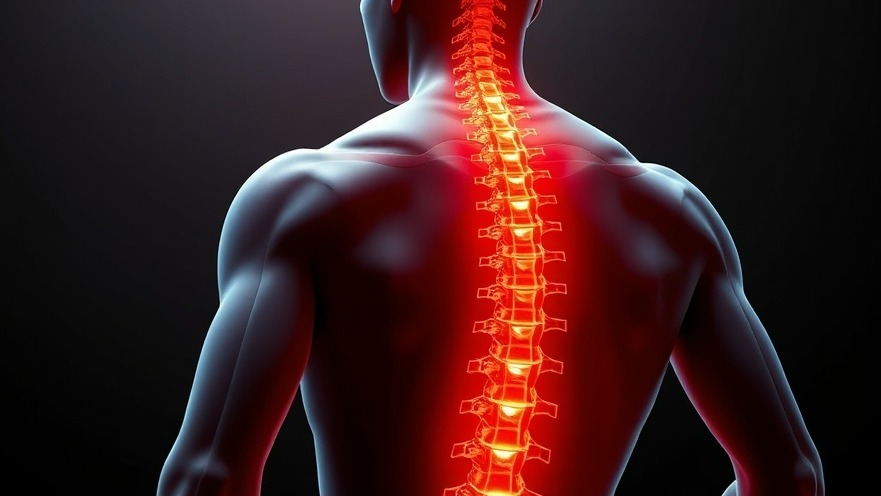
Understanding Vestibular Migraines: What You Should Know
Vestibular migraines are a unique and often misunderstood type of migraine characterized by a combination of vestibular symptoms—such as vertigo, balance issues, and nausea—without necessarily presenting the traditional headache. These episodes can occur independently or alongside the common throbbing pain of a migraine, which can confuse both patients and healthcare providers.
Common Symptoms and Triggers
People experiencing vestibular migraines may display a range of symptoms. Although severe headaches can occur, many patients report dizziness lasting from a few minutes to several days, along with unsteadiness and motion sensitivity. It's worth noting that individuals often have a lifelong history of motion sickness, increasing their vulnerability to these debilitating episodes.
Triggers may mirror those seen in typical migraine sufferers, including certain foods like chocolate and red wine, changed sleep patterns, and hormonal shifts—especially around menstruation. Awareness of these triggers can empower patients and help them manage their symptoms better. For healthcare providers, understanding these nuances is crucial for accurate diagnosis and personalized patient care.
Navigating Diagnosis and Treatment
Diagnosing vestibular migraine can be particularly tricky as symptoms may overlap with other conditions such as benign paroxysmal positional vertigo (BPPV), Ménière’s disease, or even transient ischemic attacks. For practice owners, having a sound protocol in place to distinguish between these disorders can differentiate your practice as a hub for accurate migraine management.
Treatment typically involves migraine management strategies, which could be an opportunity for you to introduce comprehensive wellness strategies in your practice. While medications may relieve symptoms, education about lifestyle changes—like optimal diet and sleep hygiene—can provide lasting benefits to patients.
Implementing Patient-Centric Approaches
As concierge medical practices focus on holistic client care, understanding vestibular migraine allows you to enhance communication with affected patients. Discussing symptoms empathetically, examining lifestyle impacts, and creating personalized care plans can significantly improve patient satisfaction and outcomes.
Moreover, this is a chance for your practice to lead in wellness advocacy by not just treating symptoms but addressing lifestyle factors that affect overall health. Encouraging wellness initiatives, whether through educational workshops or tailored wellness plans, can position your practice favorably in the eyes of patients seeking not just treatment, but comprehensive health solutions.
Act Now for a Wellness-Driven Practice
Understanding conditions like vestibular migraines can elevate your medical concierge practice’s role in patient wellness. Implementing comprehensive care strategies bolsters your practice's reputation and can lead to increased referrals. Take proactive steps today to educate yourself and your staff on nuanced conditions—your patients will thank you for it.
 Add Row
Add Row  Add
Add 






Write A Comment